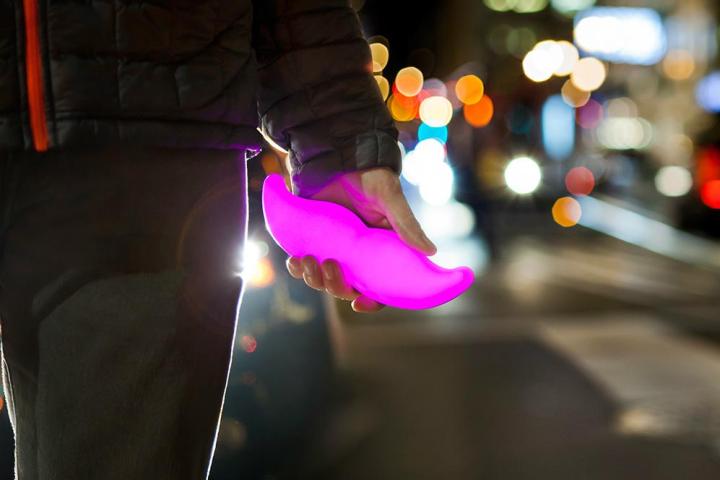
Starting next Monday, May 11, Verizon will use Lyft’s existing Accelerate Premier Driver Rewards program to offer Lyft drivers a monthly access discount. In order to take advantage of the program, drivers will need to be either new or existing Verizon subscribers. A tiered system that depends on how many rides a Lyft driver gives, the program allows drivers to receive special perks, such as discounts on auto maintenance, free gym memberships, and roadside assistance, among others.
In addition, “select Verizon Android smartphones” will be preloaded with the Lyft app. Big Red didn’t reveal which smartphones will count themselves among the lucky, though we should see them land on the carrier relatively soon.
Verizon’s partnership with Lyft is unsurprisingly reminiscent of AT&T’s agreement with Uber back in May of last year. In that partnership, AT&T started preloading its Android smartphones with the Uber app while giving Uber drivers AT&T’s wireless service in their rides.
Unlike Uber, Lyft’s main competitor, Lyft has managed to mostly stay out of the negative limelight, with the car-sharing service recently adding user profiles to its app in an attempt to humanize both riders and drivers by having them reveal a little bit about themselves. However, Uber and Lyft did get into a spat last summer, when the services accused the other’s employees of ordering and canceling thousands of rides.
Most recently, Lyft announced it will pull out of New Mexico, mainly due to the state’s increased regulation that included drug tests for drivers and a mandatory car inspection by a licensed mechanic.


